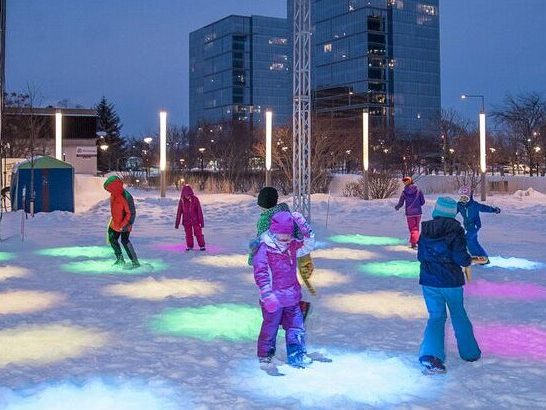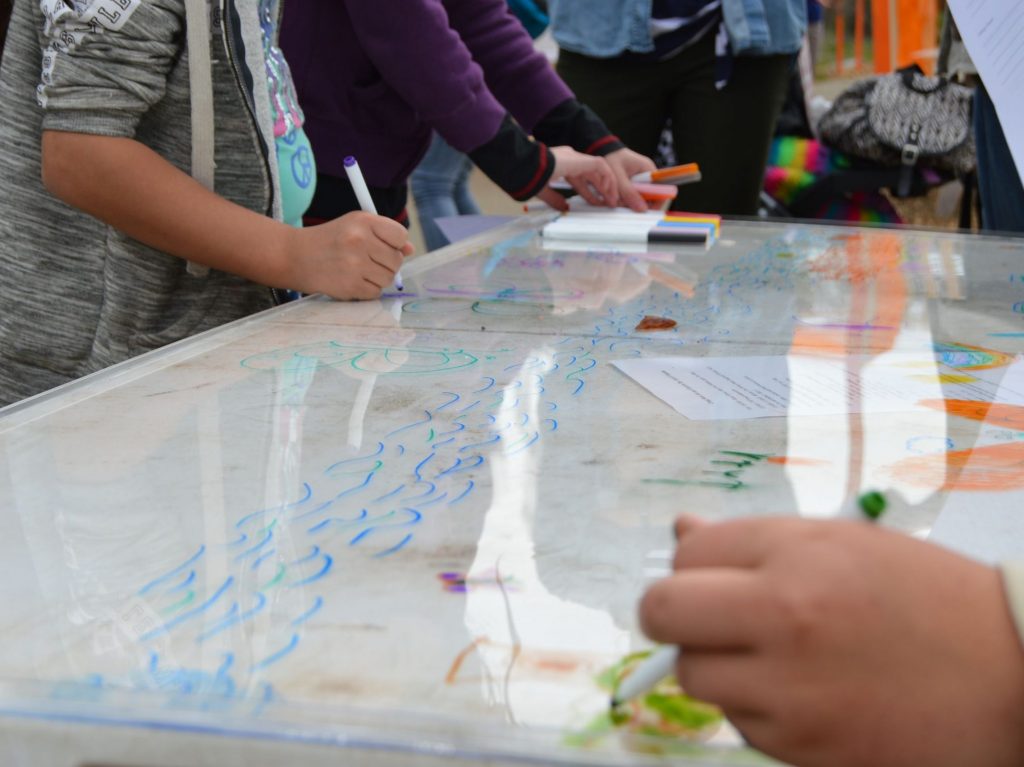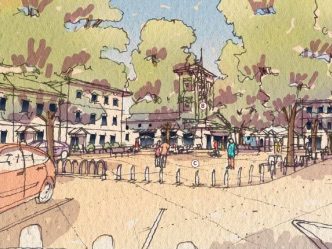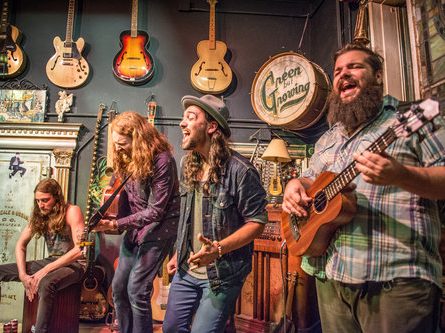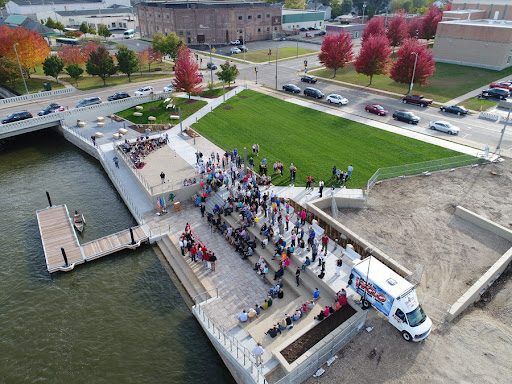Introduction
A process for engaging residents to inform the identity of these Hubs and to identify anchor projects and housing and commercial development strategies within these Hubs is central to the success of this plan. This strategy relies on an authentic sense of place that is ready to be strengthened through strategic investment. As such, that identity and its supporting projects must be the byproduct of grassroots engagement with the residents who define these places.
Atlas recommends enacting four (or more) Hub Associations made up of residents, business owners, potential entrepreneurs, and other invested community stakeholders to envision the strongest future for these Hubs. These Associations should consider the identity, branding, and feel of these areas in addition to questions about infrastructure and investment. These Hub Associations are designed to be temporary and need not extend beyond this visioning process, but they may have value similar to a BID Board to weigh future challenges and opportunities as these hubs grow in significance.
Oversight of and support for these Associations can be housed in;
1) an existing public or private sector entity or department,
2) a new statutory public board or commission,
3) a new or existing committee or task force,
4) a new affiliated or independent statutory partnership, or
5) an informal coalition without a governance body.
Latter options could also activate public-private partnerships with local organizations positioned to support this effort. These partner organizations could also help to develop, fund, and implement project ideas that fall outside of the purview of the city. Regardless, this process will require an individual or team with the capacity to facilitate placemaking visioning sessions.
In the visioning process, Hub Associations should center their efforts on the Core Priorities selected by the Steering Committee from a list of strategic opportunity areas derived from the community engagement sessions for this strategic plan. These Core Priorities (Housing; Entrepreneurial and Innovation Capacity; and Equity, Diversity and Inclusion) are detailed below.
Core Priorities
(Hub Associations must consider these concepts.)
Housing
How does each Hub include market-rate and affordable housing to maintain socio-economic integration in Stevens Point neighborhoods? How can the Hub apply concepts of gentle density to transition attractively from Hubs into nearby neighborhoods? What creative housing concepts make sense within each of these Hubs to strengthen the sense of place?
- Incremental Development of the urban core
- Loft/Warehouse Hub
- Small Footprint Homes
- Agri-hoods and Adventure-hoods
- Community Solar / Green utility
- Strengthen cultural identity through unique housing projects
Entrepreneurial and Innovation Capacity
What essential business and services does this Hub need to support 15-minute walkability? What types of businesses or sectors can strengthen the sense of place in this Hub? How can the development of commercial, innovation, maker, or co-working spaces provide support to local businesses and entrepreneurs?
- Innovation Center at the Grove
- Existing retention of small businesses
- Growth of local ag innovation and food businesses
- Seed Capital, Angel Investing, Micro Loans/Grants, R&D Funding
- MSTC Business & Entrepreneurship/Manufacturing Centers
- Work with SBDC, CAP Services, CREATE on local impact investing/venture capital.
- Outdoor recreation (mountain biking, bouldering, activation of space)
Equity, Diversity, and Inclusion
How can we leverage investment to make more groups feel seen and supported in these Hubs? What businesses, services, and resources are missing to improve our attraction and support for underrepresented groups? What programs can we enact to ensure safety and empowerment for all people?
- Visibility / telling the story of diverse groups through public art, speakers, music, etc.
- Workforce attraction/retention (Cluster hiring/relocation grant/seed funds)
- Awareness building (integrate learning within & across institutions)
- Work with UWSP to retain more BIPOC students
- Work with the County Diversity Affairs and Inclusivity committee.
Examples of place based initiatives
Additional Goals
(Hub Associations should look for opportunities to integrate these additional topics and goals that came out of the community engagement process.)
- “Green” Assets
- Indoor Recreation/Recreation Center
- Waterfront Development
- Strengthened Connectivity/Walkability
- Arts & Culture Assets
- Talent Marketing
Note on Specificity
While it will be helpful in the visioning process to imagine the future of these Hubs in fine detail, it can be equally limiting to focus so specifically on an outcome or concept that it closes off opportunity for a viable project to emerge that also meets the vision and goals. Atlas recommends keeping some level of fluidity to the activation of these Hubs. Focus on the energy and activity of these spaces and then brainstorm a variety of housing and business types and recreational and entertainment amenities that would get to that outcome.
Long-Term Structure & Governance
If these initial Hub Associations prove valuable as a long-term strategy for city development, Atlas recommends establishing in city code the Stevens Point Placemaking Commission, which will specify 1) the total number of members, 2) their process for appointment and terms of service, 3) the relationship between the Placemaking Commission and City of Stevens Point’s elected, appointed, and staff leadership, 4) the dedicated staffing of the Placemaking Commission, and 5) any resources available to advance the work of Hub Associations. At least one representative from each Hub Association should be empaneled on the Placemaking Commission.
Potential roles of the Placemaking Commission could be to:
- Safeguard Strategic Plan goals of creativity, innovation, sustainability, healthy living, diversity and inclusion, and unique urban character.
- Provide a forum for ongoing discussions about the optimal implementation of the Stevens Point Strategic Plan.
- Serve as a guidance mechanism for city decision-making on how to best fund and support grassroots placemaking and tactical urbanism efforts.
- Adopt decision-making criteria and processes for use of public funds in placemaking projects.
- Review placemaking proposals and make recommendations
- Facilitate and direct staff in supporting individual placemaking projects in each Hub.
- Manage the dispersal of potential discretionary funds supporting small-scale placemaking efforts.

